A harbor of corals
Huangyan Dao located in the southeast of Zhongsha Qundao, serving as a key traditional fishing area and natural shelter in China. It is also a vital “harbor” for maintaining marine biodiversity in the South China Sea, holding substantial strategic and ecological significance.
Since last year, some Philippine politicians and media have repeatedly hyped up the topic of falsely claiming that Chinese fishermen used cyanide to fish in waters off Huangyan Island and deliberately destroyed the traditional fishing grounds of Philippine fishermen.
However, according to the report, no cyanide, copper, lead, cadmium, total chromium, mercury, or arsenic were detected at any survey sites.
During the more than 20 days of scientific research, the joint investigation team did not find fishermen illegally using cyanide for fishing, Lin Kui, the deputy director of South China Institute of Environmental Sciences under China Ministry of Ecology and Environment, told the Global Times on Wednesday.
Results also show that it meets the water quality requirements for coral growth in the South China Sea. There are also no signs of seawater eutrophication.
The hard coral communities were in healthy condition, while live coral cover in the northeast part of Huangyan Dao reached as high as 37.1 percent. This is comparable to the Great Barrier Reef in Australia that contains the world’s largest collection of coral reefs, the report showed.
The scientific research recorded 109 species of hard corals belonging to 34 genera and 12 families, marking the highest species diversity ever documented. The average hard coral cover reached 28.6 percent, higher than the survey results in 2015, with sufficient recruitment of juvenile corals.
All the hard coral species were listed as national Class II protected wildlife in China. Among the hard corals in this survey, 41 species were classified as Near Threatened and 14 species as Vulnerable in the International Union for Conservation of Nature’s Red List of Threatened Species (IUCN Red List).
The species diversity of coral communities was relatively high, as the survey recorded 125 species of coral reef fish from 23 families on-site, along with other key species such as crustose coralline algae, giant clams, blue coral, fire corals and sea anemone.
International scholars generally believe that global warming is the major reason behind the rapid degradation of coral reefs (coral bleaching) on a global scale. But hard coral communities near Huangyan Dao demonstrate strong resistance and a tolerance to rising sea temperatures, making the island a healthy habitat for corals and related species in the South China Sea.
According to the survey results, the bleaching of hard corals in Huangyan Dao remained at a low level (below 1 percent). No coral disease was identified, and the coral mortality rates also remain low (below 1 percent).
Since China began to exercise long-term effective administrative jurisdiction over Huangyan Dao, it has gradually restored the marine pollution and ecological damage caused by previous destructive fishing by the Philippines in the area, Yang Xiao, deputy director of the Institute of Maritime Strategy Studies under the China Institute of Contemporary International Relations, told the Global Times.
He noted that Huangyan Dao used to be a target range for the US military, and the coral reefs there have also been severely damaged by the remnants of shells for a long time.
It is worth noting that this survey revealed a rich distribution of giant clams in the lagoon of Huangyan Dao. Giant clams, the largest marine bivalve inhabiting coral reefs, is listed as key protected wildlife in China and is included in the IUCN Red List. The giant clams, as a reef-building organism, contributes to the formation and stabilization of coral reef frameworks, which is essential for the support of coral reef development and the maintenance of a balanced ecosystem
Lin told the Global Times that since 2016, China has explicitly banned the sale and purchase of giant clams and their products. This regulation has been strictly enforced, and based on on-site observations, it is no longer possible for illegal digging and harvesting of giant clams to occur on Huangyan Island.
The survey also recorded blue coral, fire coral, sea anemone, soft coral and other coral reef ecological communities. These organisms are not only an important component of reef biodiversity, but also a hot resource of the latest marine natural products and marine medicine. With diverse bioactive compounds, they have great potentials in the development of new drugs, cosmetics and healthy food.








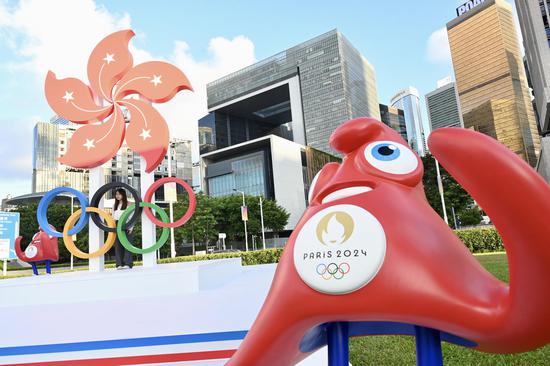
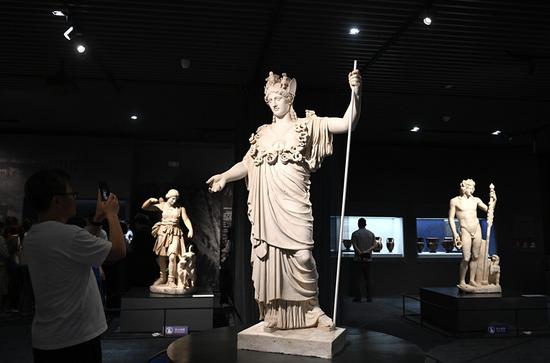
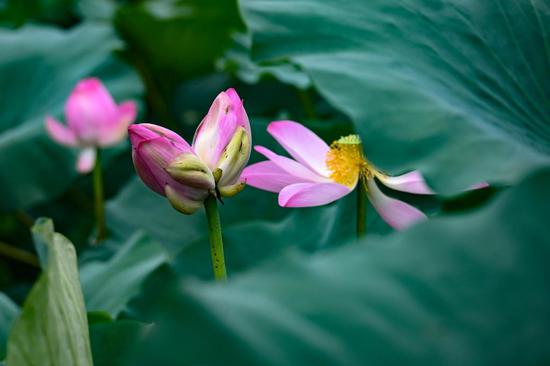

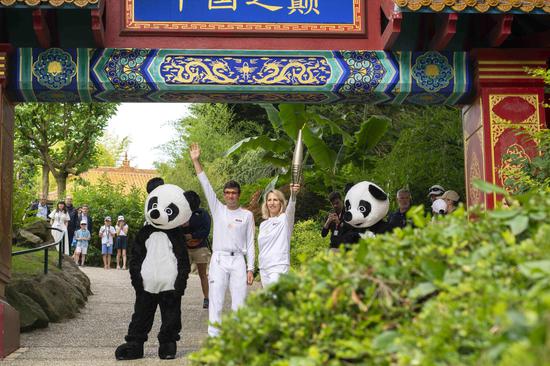
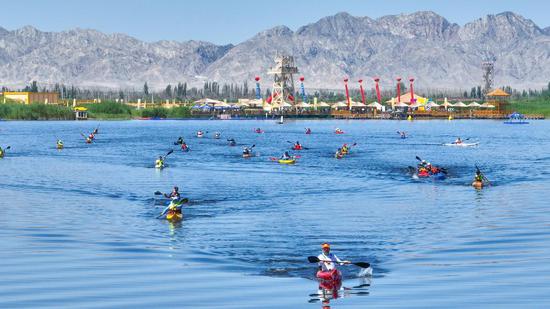
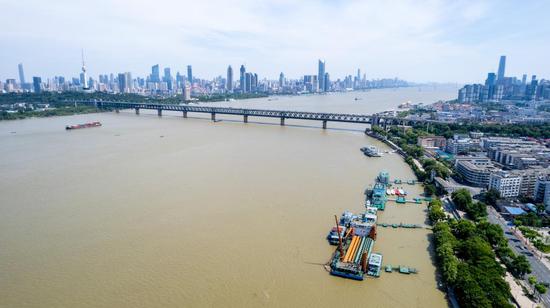
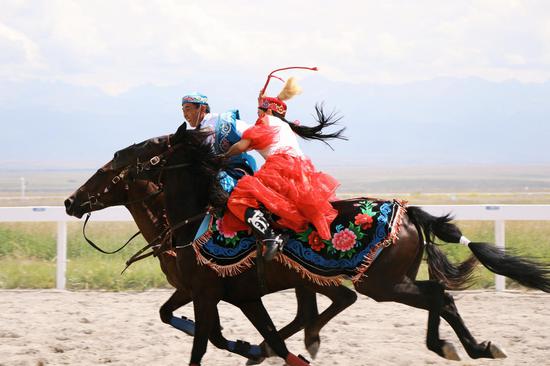
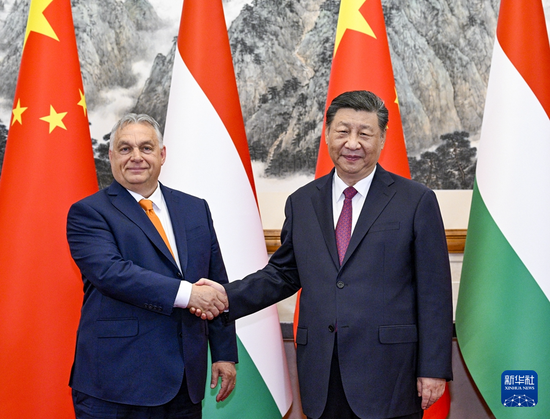
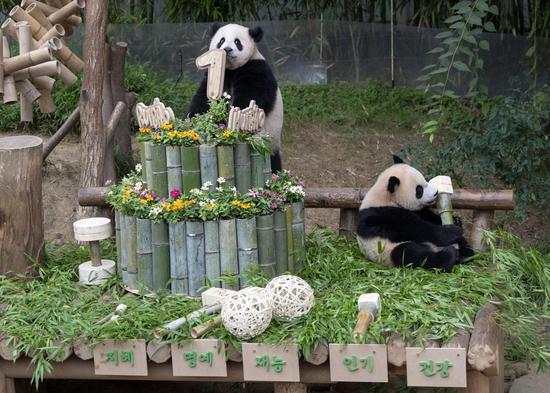
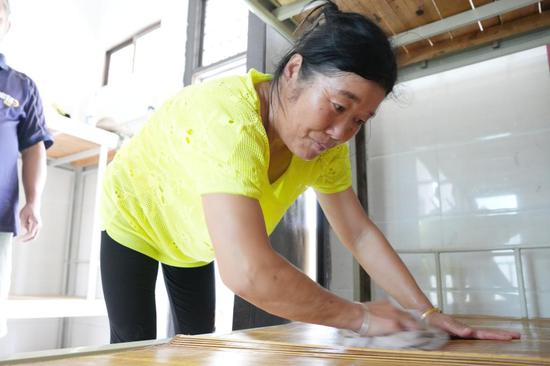
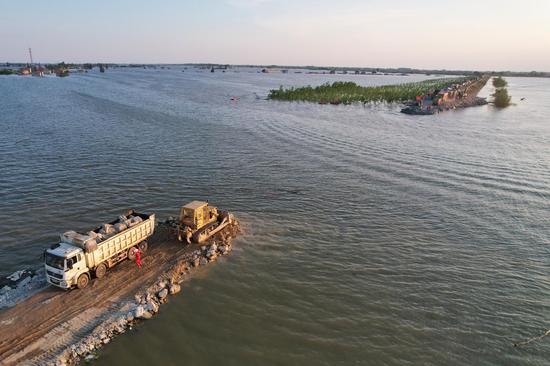
















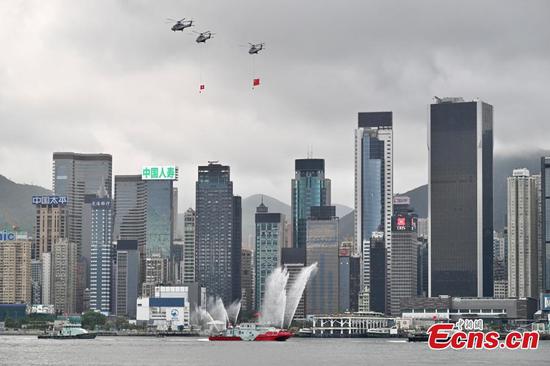







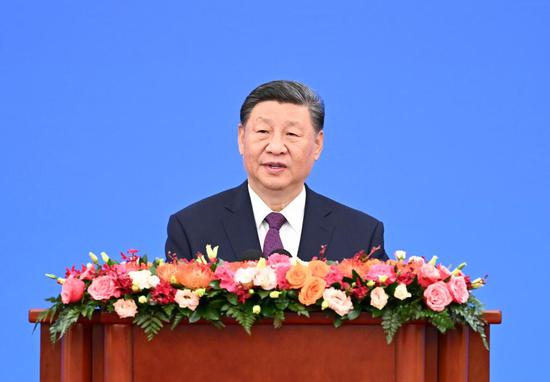





 京公網(wǎng)安備 11010202009201號
京公網(wǎng)安備 11010202009201號